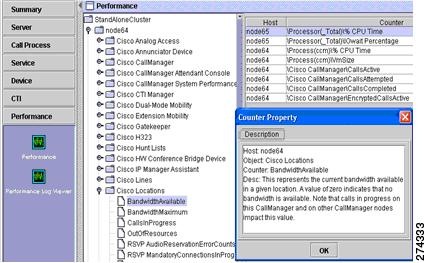
This was tested on a CUCM 8.6.2 and Java 7. "your_phone_number_to_call" is then called.Īnother info: It does not work the other way round: You cannot call provider.getAddress("phonenumber") first, because somehow the phone numbers aren't loaded by the provider class before any terminal is connected to it. With 1 bit, we are going to be able to represent 2 to the first power as a. Again, the more subnet bits we borrow, the fewer hosts we are going to have and the total bits we have available to borrow in a class C is 8. term.getAddresses() just gets the first phone number associated with the "source" phone. 8: 6: 64: 2: 4: 7: 128: 1: 2: In this class C example, we will call the number of borrowed bits S, and then that gives us H number of hosts, where H is nothing more than 8-S.
CISCO CUCM 8.6 DATABASE SCHEMA PLUS
Database Updates - Tracks all changes to the database plus all schema. Term is used as "source" from which the call is started. Administration Guide for Cisco Unified Communications Manager, Release 14 First. You'll receive a "ProvInServiceEv" Event in the event list.ĬiscoTerminal term = provider.createTerminal("your_sep_id_here") Ĭall.connect(term, term.getAddresses(), "your_phone_number_to_call") You then add an observer to the provider in order to know when the provider Standard CTI Allow Control of Phone supporting Connected Xfer and.

Standard CTI Allow Control of All Devices Standard CCM Phone and Users Administration On my system, it has the following permissions. Whereas the username is an Application User in Cisco Unified Communications Provider = (CiscoProvider) peer.getProvider(cucmURL) Peer = (CiscoJtapiPeer) JtapiPeerFactory.getJtapiPeer(null) I was able to create a test scenario: protected CiscoJtapiPeer peer This is months ago, but it still might help you somewhat. If more information is needed, I will be happy to provide it. I may however be wrong.Ĭould anyone point me in the right direction here, as I believe my specifications are simple and should be easy to implement.
CISCO CUCM 8.6 DATABASE SCHEMA CODE
I have started out by using the example found at but I believe this piece of code to be insufficient to place a call. Looking at Cisco's makecall.java, and using it, it seems to be simple to actually place a call using this API. Basically, in stead of having to dial a number, the application sends the destination to the phone or UCM and the user takes over at this point.

The number of the destination should then be sent to the phone. The application gets the numbers to call from a database, it then lets the user click on the contact he or she wants to call. My hope is that someone else has done something similar to this before me. In version 1.6, Oracle support was added, and in all following versions a user can choose either Oracle or Postgres as the external database type. I also find the lack of working examples from third parties to be lacking. Versions of the Smarsh CUCM Archiver prior to 1.6 did not have the Database Type setting, and by default, only supported the Postgres database type. I find both the documentation and examples provided by Cisco to be lacking and undesirable. The contact list will not be provided by the UCM. I have been tasked with writing an application that lets users place calls to Cisco Unified Callmanager 8.6.


 0 kommentar(er)
0 kommentar(er)
